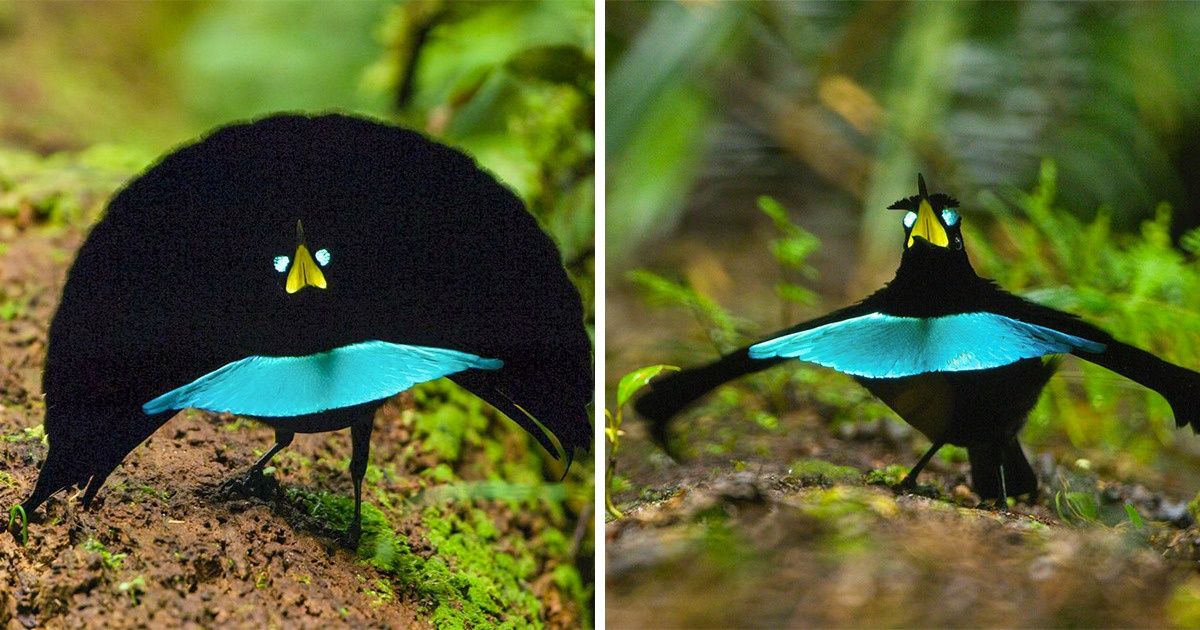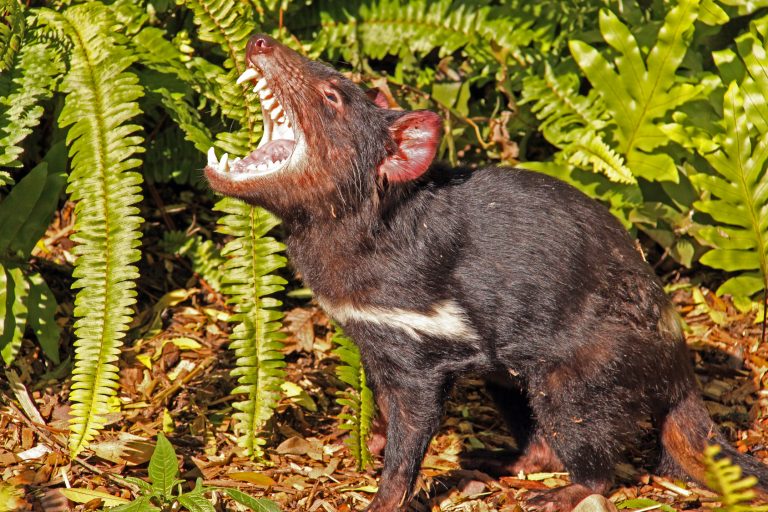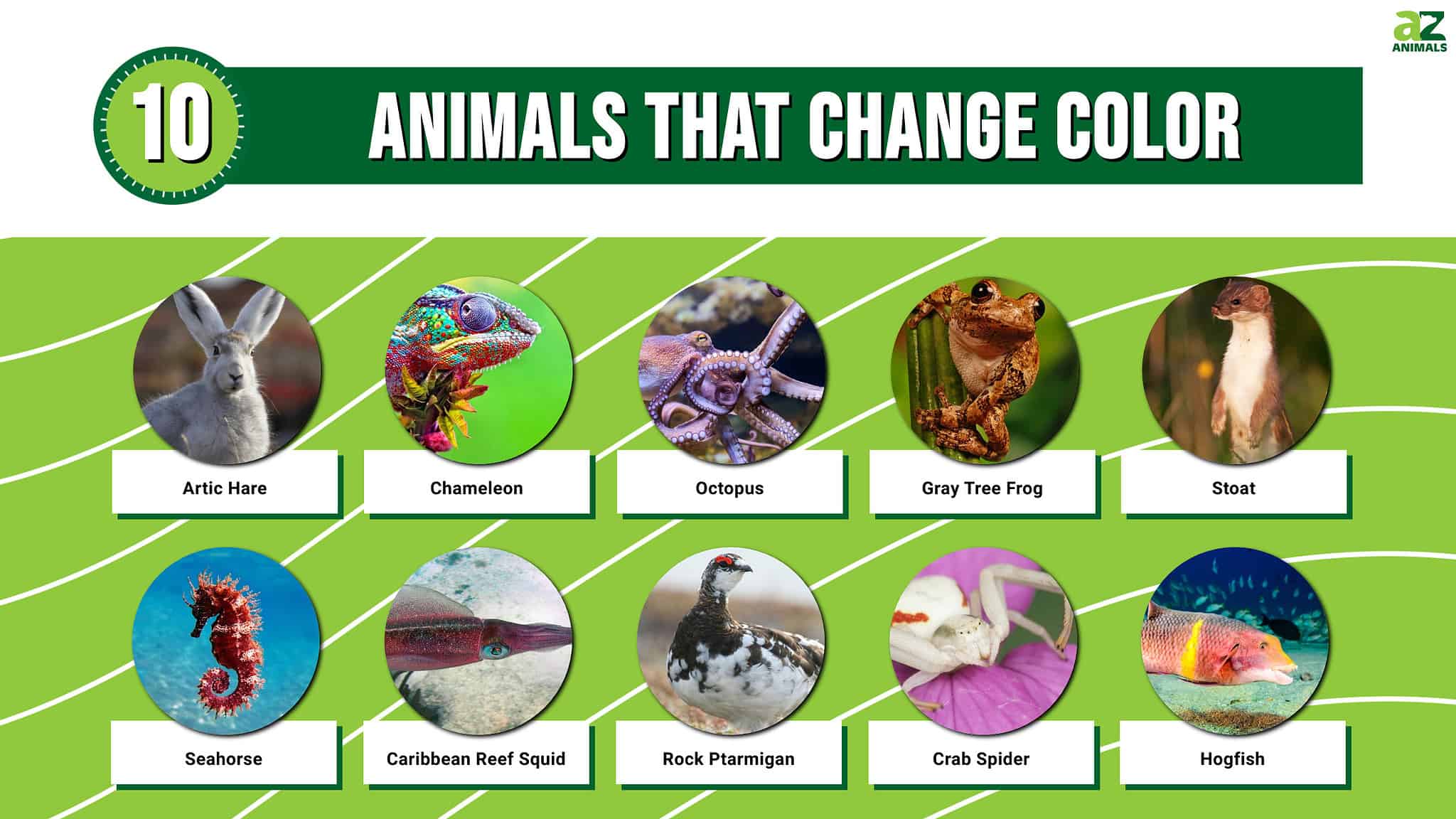Australian Animal Appearance Change: Scientific Names & More!
What secrets do the creatures of the Australian outback hold, especially when they step outside their familiar world? The Australian fauna boasts a remarkable array of species, many of which undergo astounding transformations when removed from their natural habitats, showcasing the power of adaptation and the delicate balance of nature.
The question of which Australian animal undergoes the most drastic changes when uprooted from its native environment is a fascinating one, leading us down a path of scientific discovery and environmental awareness. From the subtle shifts in a koala's fur to the dramatic color alterations of a fish, the adaptations of these creatures tell a compelling story of survival and resilience. The quest to understand these transformations provides valuable insight into their behaviors, habitats, and the evolutionary advantages that have shaped their existence.
The answer also touches upon the world of sports, specifically a sport that allows physical contact. This highlights a unique aspect of human competition, demonstrating how games are played. It's a reminder that even in a world of rules, the human touch and strategic choices can define the very essence of a game.
Let's delve deeper, shall we?
| Characteristic | Details |
|---|---|
| Scientific Name | This depends on the specific animal. Potential candidates include:
|
| Common Name | Varies based on the animal's species. Some possible options:
|
| Habitat | The natural habitat for these animals varies greatly, spanning forests, oceans, and various terrestrial environments within Australia. |
| Appearance Changes (When Removed) | The specific changes depend on the animal. The peppered moth, for instance, undergoes color shifts due to pollution and camouflage needs. The barramundi alters its coloration based on the environment, the little penguin may lose its camouflage. Lizards will change color depending on surrounding to be able to survive from predetors. |
| Reasons for Change | Adaptation, camouflage, stress, lack of resources, and environmental factors all play a role. |
| Impact of Changes | Changes in appearance can affect survival, mating, and overall health. |
| Conservation Concerns | Habitat loss, climate change, pollution, and other environmental threats impact these species. |
| Research Opportunities | Studying these changes can inform conservation efforts and enhance our understanding of animal behavior and adaptation. |
| Additional Notes | The question is more complex than it initially appears, because several species dramatically alter their appearance under different circumstances, particularly when removed from their environments. The Eudyptula minor and Biston betularia are two possibilities. |
The realm of Australian wildlife is teeming with creatures that showcase remarkable adaptability. The koala, for instance, is a well-known inhabitant of Australia's eucalyptus forests. Its fur, which allows it to blend seamlessly into its environment and avoid predators, is a perfect example of how appearance serves survival.
Another striking illustration is the giant Australian cuttlefish. Known for its extraordinary capacity to modify its skin color, patterns, and texture, the cuttlefish can blend perfectly with its surroundings. The dracula parrot (Psittrichas fulgidus), native to New Guinea and northern Australia, also undergoes a distinct transformation as it matures, going from green to black and red. Learning about the scientific names, adaptations, hormonal influences, mating habits, conservation concerns, and research opportunities of these fascinating creatures provides vital insights.
The Eudyptula minor, better known as the little penguin or fairy penguin, is another prime example. This species undergoes changes when away from its natural habitat, adapting to its environment for survival.
Many of these creatures have features that help them hide and stay safe from predators within their surroundings. These adaptations are crucial to their survival in the wild. The question of what the koala looks like when removed from its native environment and the many other species adds another level of intrigue.
The study of changing appearances in Australian animals offers valuable insights into their behaviour, habitats, and evolutionary benefits. These observations improve our knowledge and help in conservation efforts.
In the quest to protect Australia's unique wildlife and environment, support from native Australian animal trusts assists the University of Melbourne's work.
In the context of the Australian outback, it's also relevant to consider climate change. This includes increased temperatures, varying rainfall, and extended droughts, all of which diminish the availability of high-quality food and raise the likelihood of bushfires, endangering species like koalas.
Understanding how these animals adapt, what triggers these adaptations, and the potential effects of these changes is essential to their preservation. Such studies reveal the dynamic nature of life and the constant battle for survival in the natural world.
The introduction of the daisy, for instance, on Australian beaches challenges existing evolutionary expectations by altering its appearance. This illustrates how environmental changes may drive evolutionary adjustments, and our comprehension of such mechanisms is growing. The way species respond to changes in their environments is something that intrigues both scientists and conservationists, since it has implications for biodiversity and ecosystem stability.
The answer to the other part of the question, which sport permits hitting your opponent in the face after they catch a piece, is a bit tricky. It brings us to a world of strategy, competition, and physical confrontation. In fact, the question is designed to be a reference to the blobfish. This demonstrates that the seemingly straightforward inquiry has subtle layers and alludes to broader topics, and encourages more in-depth exploration.
The scientific study of creatures that change in appearance is a lively field that keeps growing. Scientists are constantly investigating how these transformations work at a physiological and genetic level, and what ecological factors drive them. Such studies yield important insights into the resilience of species, their relationships with their ecosystems, and their answers to global problems such as climate change and habitat loss.
There is no doubt that there is a lot to learn about the fauna of Australia, and more generally about the natural world. The study of animals that dramatically change appearance is a testament to life's amazing ability to adapt and survive. It encourages a deeper appreciation for conservation efforts.
The answers to these questions is a testament to the amazing ways nature has evolved to allow creatures to adapt and thrive. The world's ecosystems are a complex, interlinked web, that each organism plays its important role in the grand scheme of things.
Ultimately, what we learn about the animals of Australia helps us realize how important it is to preserve this remarkable diversity for future generations.


